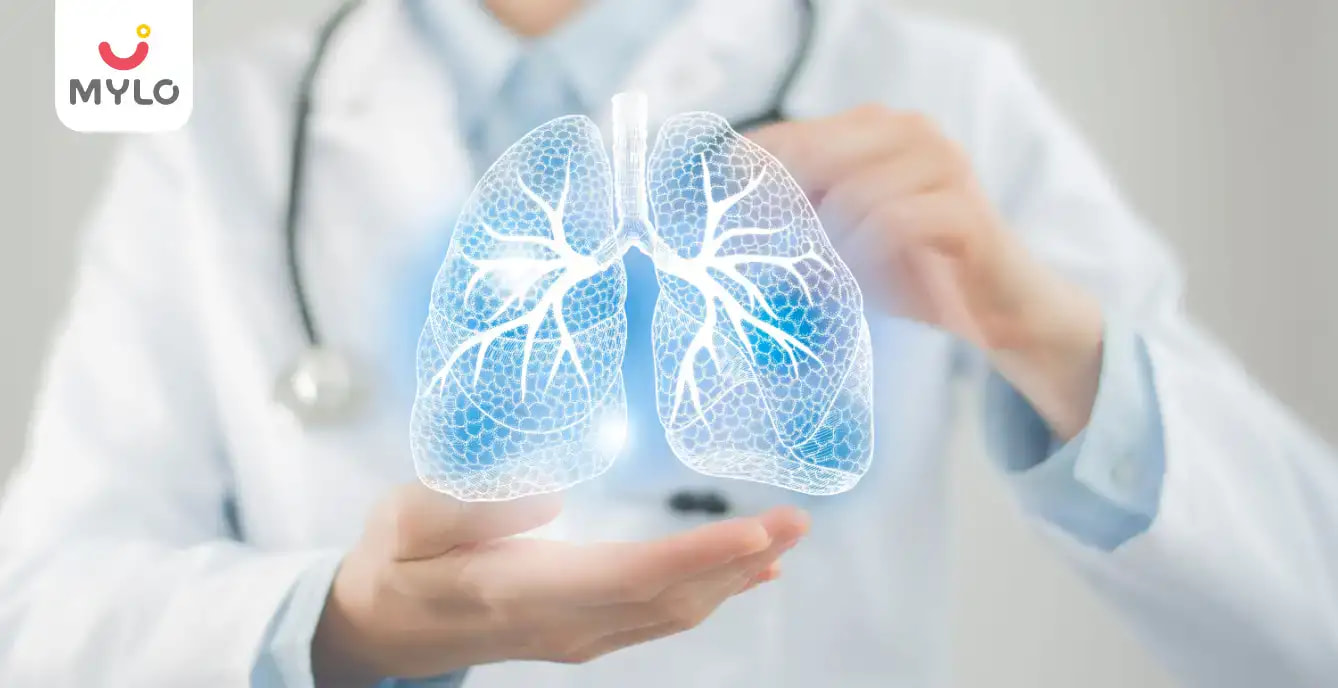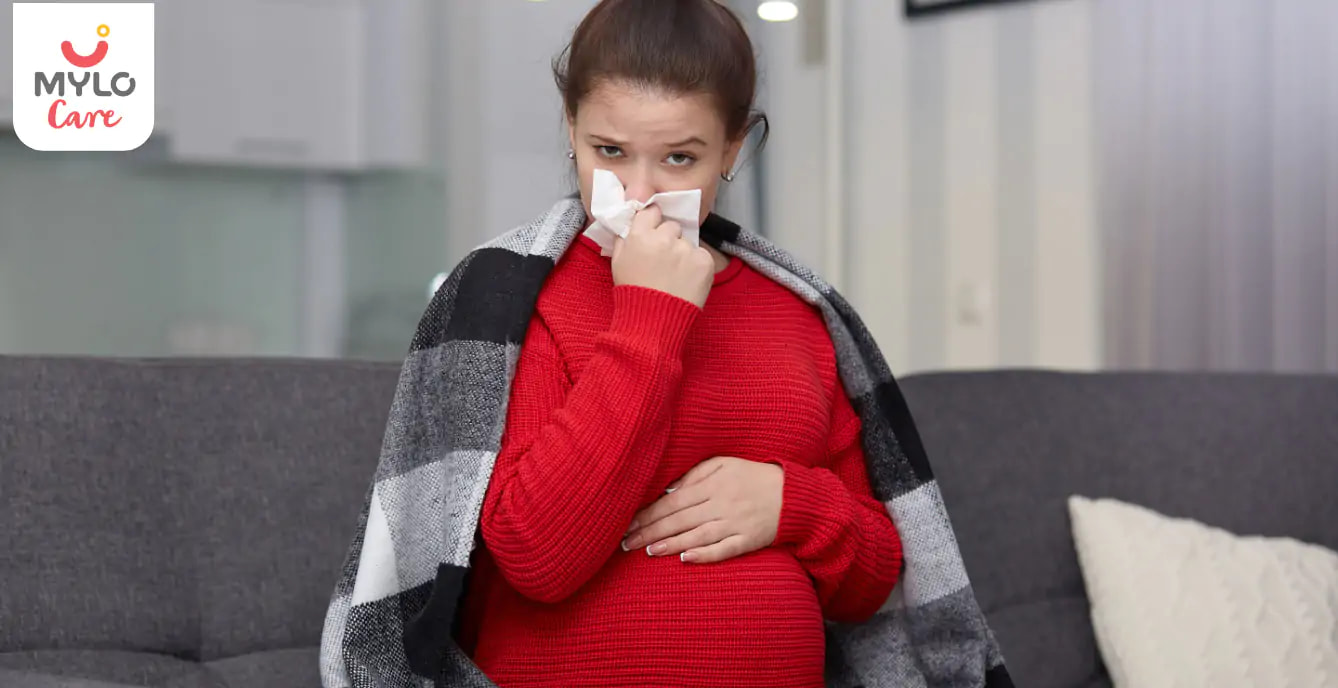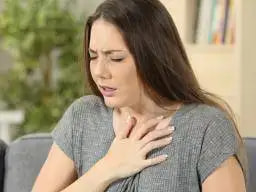Home

Illnesses & Infections

Childhood Asthma: Symptoms, Causes & Treatment
In this Article

Illnesses & Infections
Childhood Asthma: Symptoms, Causes & Treatment
Updated on 18 April 2023
Asthma is a lung condition that causes airways to swell and narrow, making breathing very difficult. If asthma isn't well controlled, it can result in various problems and complications. It can cause your child to miss school and even be in the hospital. You need an asthma action plan to help you keep an eye on your child's asthma.
What Is Childhood Asthma?
Asthma is a chronic lung disease that affects your airways. Your airways are tubes that transmit air into and out of your lungs. When you develop asthma, you can't get air into your lungs because your airways swell and become too narrow. Like a punched straw, this makes it difficult for you to breathe, which can result in wheezing, coughing, and chest tightness. Particular triggers can set off or worsen these symptoms, leading to asthma attacks. Some facts about childhood asthma are mentioned here. Asthma attacks can come on quickly and develop slowly and may be life-threatening.
Asthma can start at any age, but most kids get it when they are young, and their immune systems are still developing. Most children who develop asthma have their first symptom by age 5. Childhood asthma is the same lung condition adults get, but kids often have different symptoms. Doctors refer to this as pediatric asthma.
Signs And Symptoms Of Childhood Asthma
Not all children have the same asthma signs and symptoms. A child may even develop different symptoms from one occurrence to the next. Childhood asthma symptoms and signs include:
-
A cough that doesn't go away( it could be the only symptom).
-
Coughing spells often occur, especially during play or exercise, at night, in cold air, or while laughing or crying.
-
A cough that gets dangerous after a viral infection.
-
Less energy during playtime and halting to catch their breath during activities.
-
Avoiding sports or social activities.
-
Trouble sleeping due to coughing or breathing issues.
-
Rapid breathing.
-
Chest pain or tightness
-
Wheezing, a whistling sound while inhaling and exhaling.
-
Retractions or seesaw motions in the chest.
-
Rigid neck and chest muscles.
-
Feeling weak or tired quickly.
-
Difficulty eating or grunting while eating.
Your child's doctor should check for any ailment that makes it difficult for them to breathe. Sometimes experts use "reactive airway disease" and "bronchiolitis" when referring to wheezing, shortness of breath, and coughing in infants and toddlers. Tests may not be able to detect asthma in children younger than age 5. A severe asthma attack requires medical care immediately. So look out for these signs:
-
Halting in the middle of the sentence to catch my breath.
-
Using stomach muscles to breathe.
-
A belly that sinks under their ribs when they try to inhale air.
-
Chest and sides that pull in as they breathe air.
-
Severe wheezing and coughing.
-
Difficulty walking or talking.
-
Turning pale or bluish on their face, lips, or fingernails.
-
Increasing shortness of breath with reduced wheezing.
-
Widened nostrils.
-
Rapid heartbeat.
-
Sweating more than usual.
-
Chest ache
Causes Of Childhood Asthma
The common causes of childhood asthma include:
1. Airway infections
This comprises colds, pneumonia, and sinus infections.
2. Allergens
Your child might be allergic to cockroaches, dust mites, pet dander, or pollen.
3. Irritants
Air pollution, chemicals, cold air, odors, or smoke can affect the airways.
4. Exercise
Sometimes, exercise can cause wheezing, coughing, and a tight chest.
5. Stress
It can make your child short of breath and deteriorate their symptoms.
Risk Factors Of Childhood Asthma
Asthma is the leading cause of long-term disease in children. It impacts about 7 million kids in the United States; these numbers are climbing, and experts aren't sure why. Most children develop their first symptoms by age 5, but asthma can start at any age. Things that can make a child more prone to develop asthma include:
-
Nasal allergies like hay fever or eczema.
-
A family record of asthma or allergies.
-
A lot of respiratory disorders.
-
Low birth weight.
-
Exposure to secondhand tobacco and smoke before or after birth.
-
Being raised in low-income surroundings.
-
African-American or Puerto Rican native.
Treatment Of Childhood Asthma
Childhood asthma treatment includes developing an asthma action plan with your child's doctor. The plan will list ways to manage your child's symptoms or signs and prevent asthma attacks. The plan will also detail the following:
-
When and how should your child use asthma medications?
-
What to do when their asthma becomes worse?
-
When to seek emergency medical care for your child?
So, ensure you understand this plan and talk to your child's doctor if you have any doubts. The asthma action plan is essential to managing your child's asthma. You should also provide a copy of the asthma action plan to your child's school staff, teachers, and other caregivers. In addition to following your asthma action plan, try to limit your exposure to asthma triggers and, if possible, avoid them altogether.
Asthma Medicines For Children To Take
Childhood asthma medications include the same medicines adults and older children take but in varied forms and dosages. In the case of inhaled medications, your child may require different delivery equipment based on their age and ability.
Depending on the severity of your child's condition, they may need to take medicine only as needed or every day. Some medications help prevent or reduce the symptoms of an asthma attack. Other medications control or prevent the swelling of your child's airways.
1. Quick Relief Medicines
Quick relief medicines or short-term relief medicines help prevent or reduce asthma symptoms. If your child's asthma is mild or only worsens when they exercise, a quick-relief medicine may be all they need. These types of medicine include an inhaler your child must always carry. Some different types of quick-relief medicines include:
Short-acting beta2-agonists(SABAs): SABAs, such as albuterol, can instantly clear your child's airways to let air flow through them during an asthma attack. They also prevent attacks due to physical activity. SABAs used to be named "rescue" medicine or inhalers. Doctors now refer to them as "quick relief" because you can and should use the medicine for any asthma symptom, not just for asthma attacks.
Short-acting anticholinergics: Anticholinergics, like ipratropium bromide, a rapid-acting bronchodilator, can also help free your child's airways quickly. Anticholinergics may be less helpful than SABAs. But some children acquire side effects from SABAs, and an anticholinergic is a good option.
Systemic corticosteroids: Corticosteroids can help decrease the inflammation in your child's airways caused due to asthma symptoms. Your child can receive these medicines orally(by mouth) or by injection. They can also assist your child in recovering quickly after an asthma attack.
2. Long-term control medicines
Your child's doctor may also specify medications to take daily to help prevent asthma attacks and regulate their symptoms. These medicines prevent your child's airways from restricting and can help decrease inflammation. Some different types of long-term medicines include:
Corticosteroids: Corticosteroids are an anti-inflammatory medicine that can help reduce swelling or inflammation. Your child may take them orally, but doctors prefer the inhaled form. Your child can also take medicine in a liquid form as used in a nebulizer, either in a metered-dose inhaler(MDI) or a dry powder inhaler(DPI). When consuming an MDI, your child must always use a valved holding chamber.
Leukotriene modifiers: These medicines can help decrease inflammation in your child's airways and keep them open. Your child's doctor may prescribe them along with corticosteroids or alone. Leukotriene modifiers decrease the effects of a chemical in your child's body called leukotriene.
Long-acting beta2 agonists(LABAs): LABAs help deters your child's airways from narrowing by relieving the muscles that surround them. Your child's doctor will often prescribe them along with a corticosteroid. They may propose a LABA when a standard dose of an inhaled steroid isn't enough to regulate your child's symptoms. A LABA must be used with an inhaled steroid called combination therapy.
Theophylline: This is a daily medicine that keeps the airways open. Theophylline relaxes the muscles around the airways to help make breathing easier. It is used along with inhaled steroids. If you take this medicine, you'll need to have your blood tested regularly.
Immunomodulatory agents: Mezolizumab, dupilumab, and bevacizumab might be suitable for children over 12 with severe eosinophilic asthma. Omalizumab can be appropriate for children six or older with moderate to severe allergic asthma.
Summary
By discovering your child's asthma, you take an essential step toward managing their disease. Work closely with your child's asthma care team to understand how to avoid asthma triggers, what medications to use, and how to give them correctly. With proper care, your child can live a life free of asthma symptoms and have a happy life.


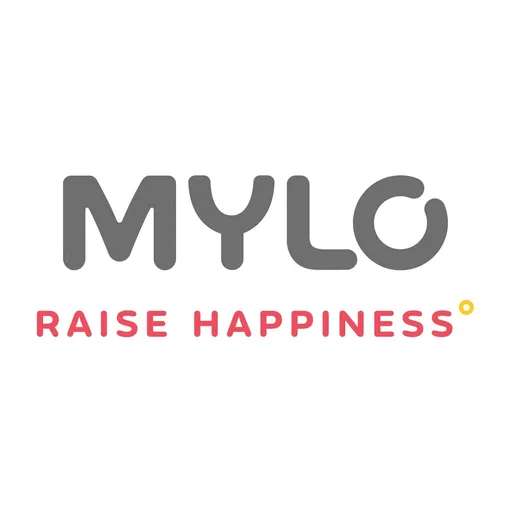
Written by
Mylo Editor
Official account of Mylo Editor
Read MoreGet baby's diet chart, and growth tips

Related Articles
Related Questions
Influenza and boostrix injection kisiko laga hai kya 8 month pregnancy me and q lagta hai ye plz reply me

Hai.... My last period was in feb 24. I tested in 40 th day morning 3:30 .. That is faint line .. I conculed mylo thz app also.... And I asked tha dr wait for 3 to 5 days ... Im also waiting ... Then I test today 4:15 test is sooooo faint ... And I feel in ma body no pregnancy symptoms. What can I do .

Baby kicks KB Marta hai Plz tell mi

PCOD kya hota hai

How to detect pcos

Related Topics
RECENTLY PUBLISHED ARTICLES
our most recent articles
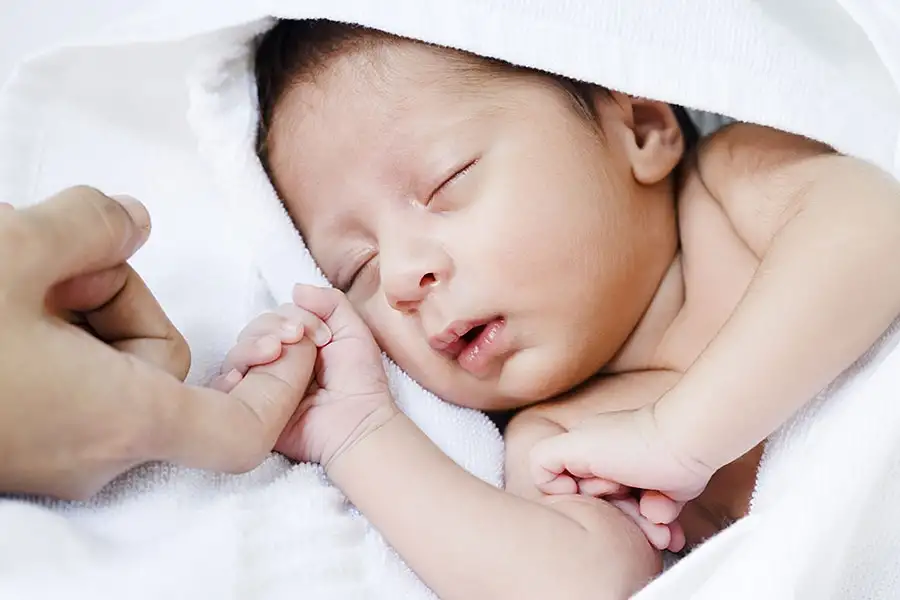
Feeding
Reflux in Baby: Symptoms, Causes & Treatment
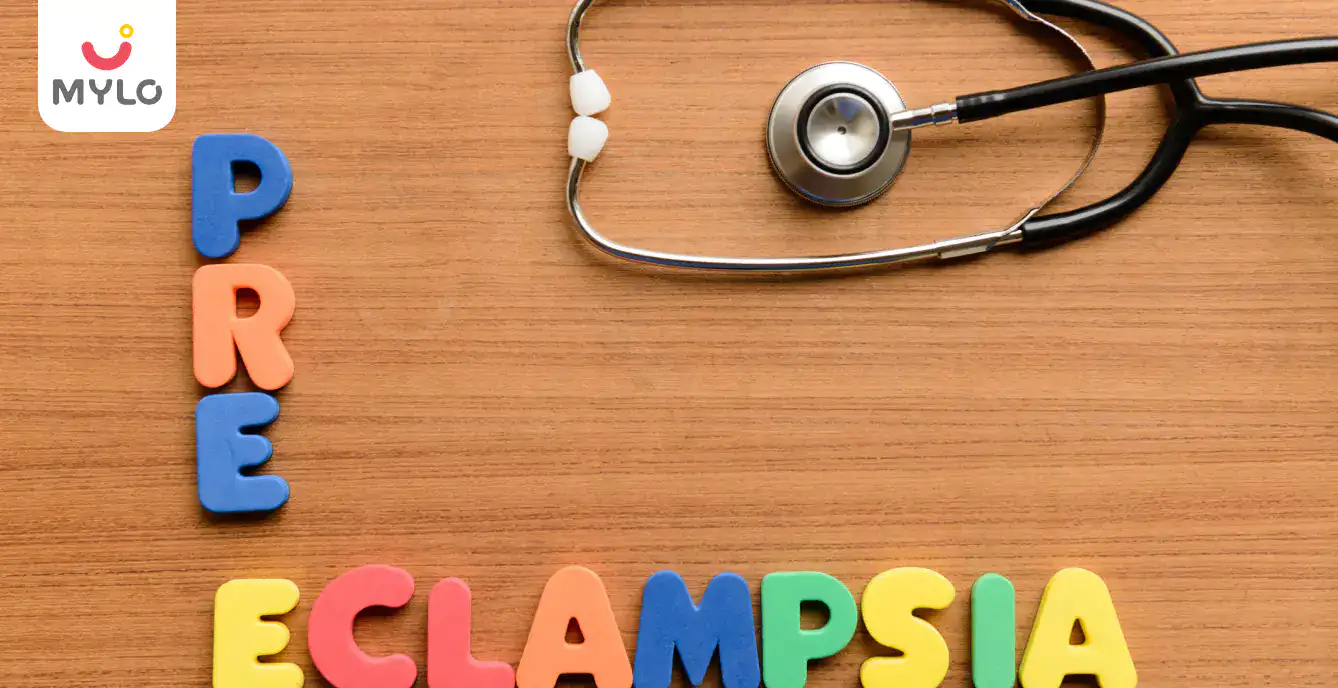
Preeclampsia
Pre Eclampsia: Meaning, Causes & Symptoms
Illnesses & Infections
Baby Diarrhea: Causes, Symptoms & Treatment
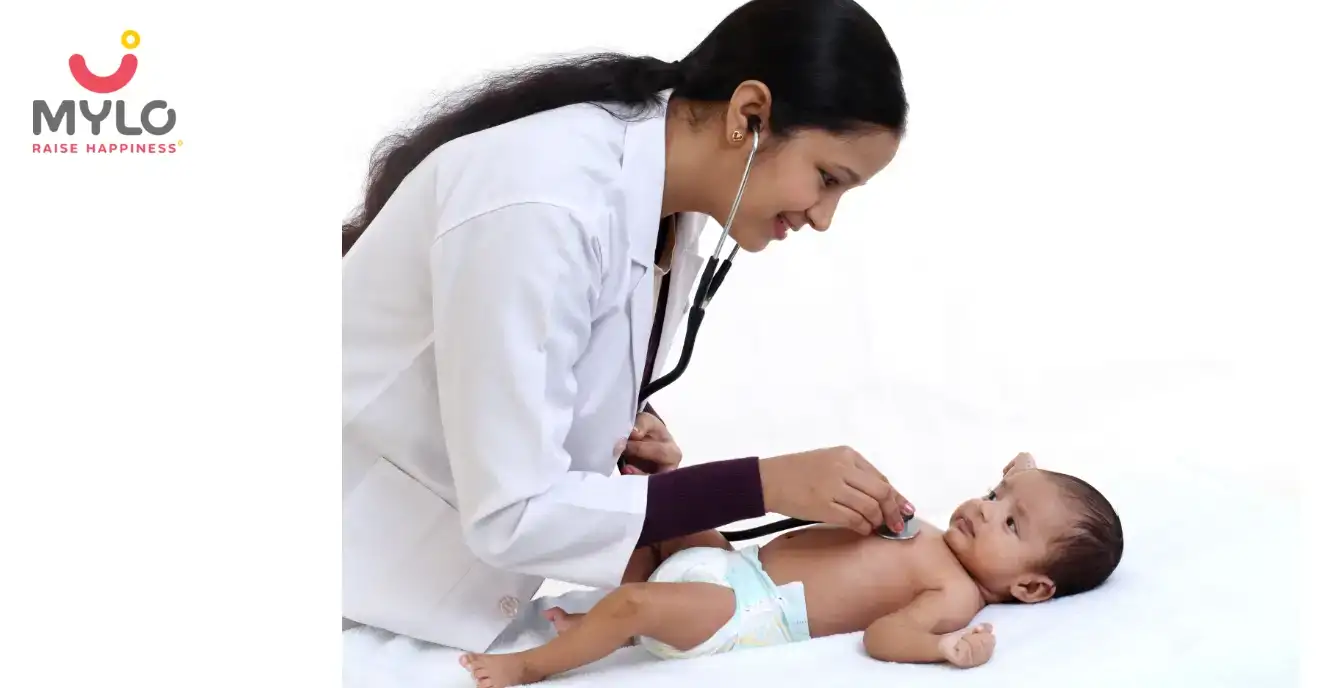
Illnesses & Infections
Bronchiolitis: Causes, Symptoms & Treatment

Pelvic Pain in Pregnancy: Symptoms & Treatment
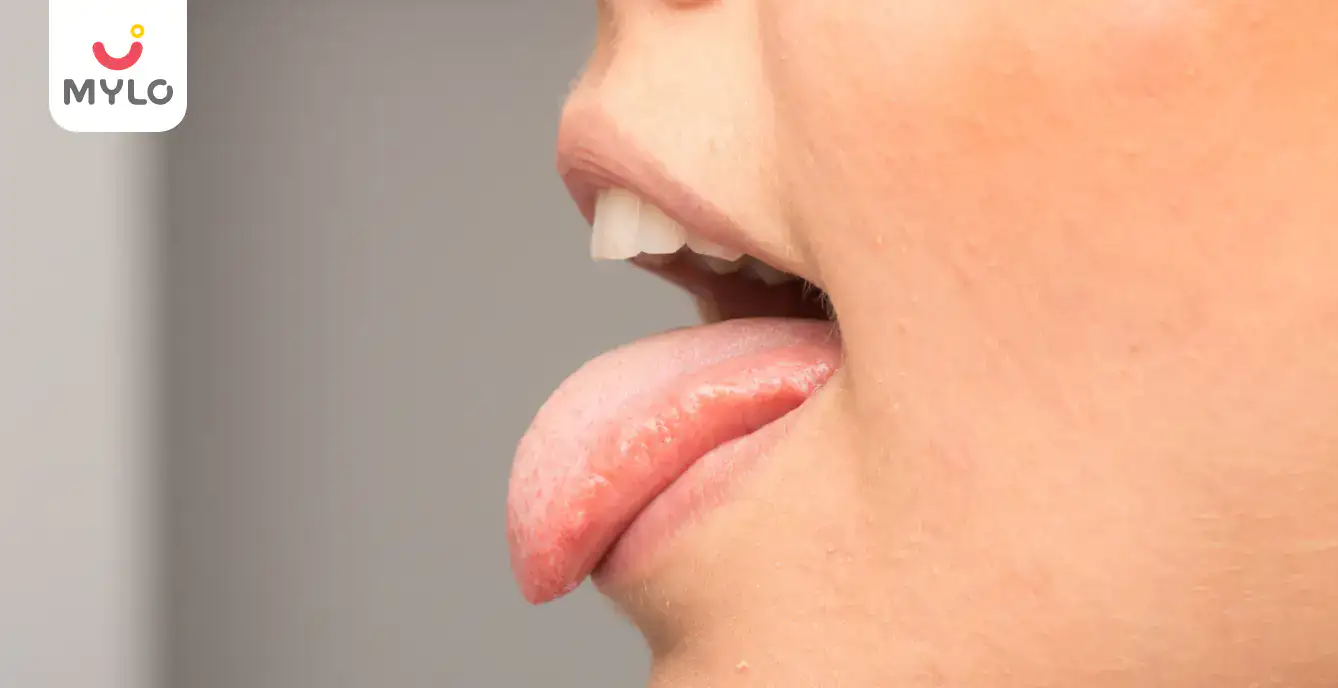
Pregnancy Journey
Saliva During Pregnancy: Causes & Prevention
- Effective Ways to Treat Jaundice in Children: Expert Tips for a Speedy Recovery
- 10 Best Original Movies to Watch on Netflix
- Flu, Change of Season or New Covid Variant, XBB.1.16- What’s Causing These Symptoms?
- 5 Ways In Which Music Can Boost Your Baby's Brain Development
- How to Stop Baby Hiccups: Everything You Need to Know
- “Staying Active and Healthy: The Benefits of Safe Exercise During Pregnancy”
- Appendicitis In Pregnancy Symptoms, Diagnosis & Surgery
- 5 Common Myths Busted About Baby Sleep
- “Ectopic Pregnancy: All You Need to Know About This Complication”
- Importance of Typhoid vaccines
- Benefits of eating nuts
- Can One Induce Labor Naturally?
- Should One Consider Keeping Their Pregnancy A Lowkey News?
- Destination decide


AWARDS AND RECOGNITION

Mylo wins Forbes D2C Disruptor award

Mylo wins The Economic Times Promising Brands 2022
AS SEEN IN
















- Mylo Care: Effective and science-backed personal care and wellness solutions for a joyful you.
- Mylo Baby: Science-backed, gentle and effective personal care & hygiene range for your little one.
- Mylo Community: Trusted and empathetic community of 10mn+ parents and experts.
Product Categories
baby carrier | baby soap | baby wipes | stretch marks cream | baby cream | baby shampoo | baby massage oil | baby hair oil | stretch marks oil | baby body wash | baby powder | baby lotion | diaper rash cream | newborn diapers | teether | baby kajal | baby diapers | cloth diapers |




